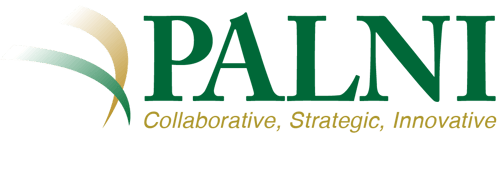Profiles
Q&A with open textbook author Arbin Thapaliya
 In April 2024, open textbook author Arbin Thapaliya released "Ultrasound Physics and its Application in Medicine," a book he co-wrote about the expansion of ultrasound technology. Thapaliya was awarded a PALSave Textbook Creation Grant to develop the project, and as a peer-reviewed, open educational resource—OER—it is entirely free to students and is ready for use in any classroom.
In April 2024, open textbook author Arbin Thapaliya released "Ultrasound Physics and its Application in Medicine," a book he co-wrote about the expansion of ultrasound technology. Thapaliya was awarded a PALSave Textbook Creation Grant to develop the project, and as a peer-reviewed, open educational resource—OER—it is entirely free to students and is ready for use in any classroom.
Here, Thapaliya shares his experience with publishing through the PALNI Open Press, working with OER, and the impact it has on students.
Please tell us about your teaching background
I am currently Associate Professor of Physics at Franklin College. At FC, I teach general physics classes, astronomy, ultrasound physics, radiation and health and biomedical optics.
What encouraged you to apply for a Textbook Creation Grant and explore OER as an option for students and faculty?
During my college years, I struggled immensely with navigating the challenges of textbook affordability and accessibility, and I try my best to make sure that students do not have to face the same barrier that I did in college.
Had you used OER in the classroom prior to publishing with the PALNI Open Press?
Yes, I used it for several of my other courses.
For which courses have you published open textbooks and why those particular courses?
Ultrasound textbooks are expensive, and I wanted to make sure that I create a textbook that is freely available not only to our students, but to anyone interested in ultrasound from all around the world.
How have the textbooks been received by students?
I haven't had the opportunity to use it in my own class yet since the textbook was just recently published, but I have received very positive feedback from my friends and colleagues who have read the textbook.
What was your experience working with PALSave and the PALNI Open Press like?
Excellent. The process has been very smooth and timely.
What is one piece of advice you would give other faculty looking to publish their own open textbook/OER?
The fact that any OER textbook is freely available to users from all around the world has a huge impact—especially in developing countries where textbook accessibility is a major problem.
Would you consider publishing more open textbooks in the future? Why or why not?
Absolutely, for all the reasons above.
Return to PALNI Open Press profiles.

